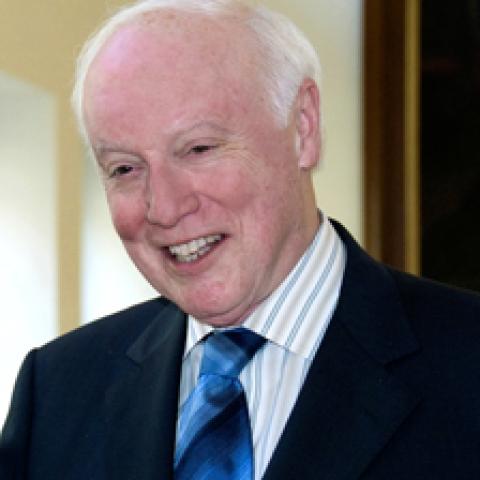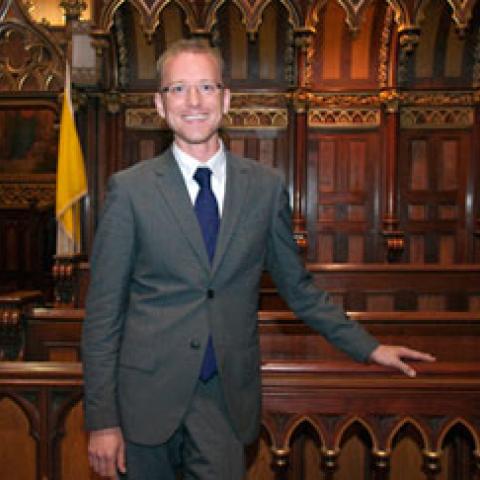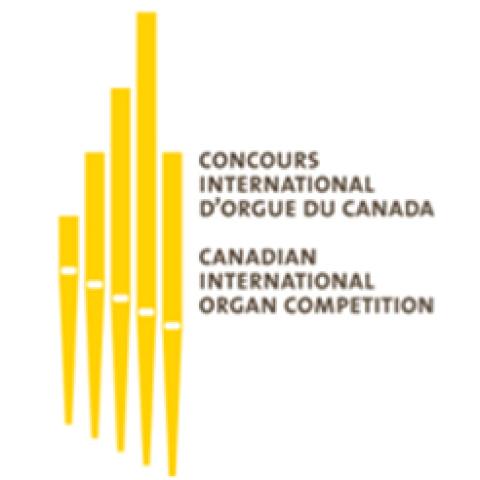The McGill Summer Organ Academy takes place through July 16, celebrating the 200th Anniversary of Mendelssohn as well as the 50th Anniversary of the arrival of the first Beckerath organ in Canada.
2009 Instructors and Courses Featured:
John Grew – French Classical; Hank Knox – Continuo & Solo Harpsichord Repertoire; Olivier Latry – French Symphonic; Jan Overduin – Improvisation; William Porter – 17th – century North German; Matthew Provost – Siglo de Oro español; Michael Radulescu – J.S. Bach; Carole Terry – German Romantic.
Through the pioneering efforts of Kenneth Gilbert the arrival, in 1959, of the Beckerath at Queen Mary Road Church in Montreal became a watershed event. This Beckerath, now housed in Mountainside United Church, became the main teaching instrument at McGill and allowed McGill to become one of the first organ departments in North America to endorse the revival of mechanical-action instruments.
There is a bilingual website on the Organs of Quebec that might be of interest to those not familiar with Quebec and its great heritage. Quebec City celebrated the 400th Anniversary of its founding in 2008. Visit www.quebec400.gc.ca. Also of interest is the web site for the Canadian International Organ Competition (CIOC) at www.ciocm.org.
For further information, contact Devon Wilkinson and Jonathan Patterson, Co-Executive Directors, at organ@music.mcgill.ca.





